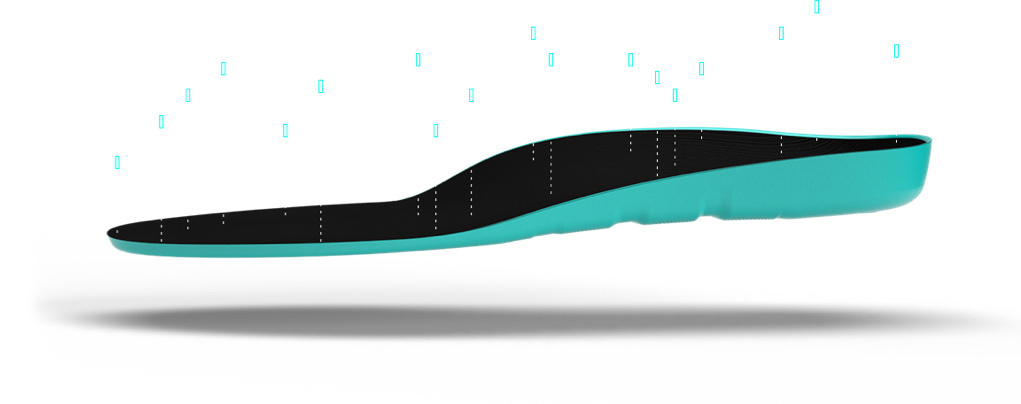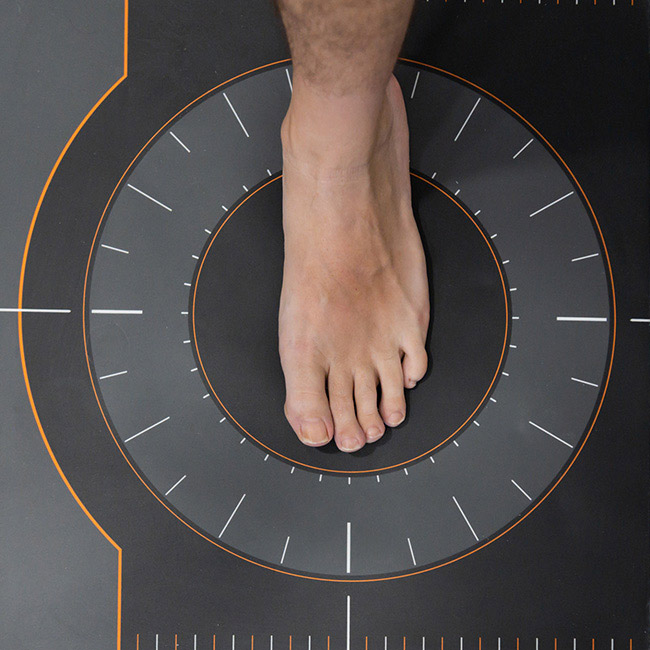
Underfoot Comfort — Defined, Quantified, and Delivered
Deliver on Your Customers’ Individual Perceptions of Comfort
At INSITE, our goal is to maximize comfort by pairing the right shoe with the right insole. Our ProvenComfort® method is a series of academic-grade tests that help us benchmark specific comfort metrics – so that brands have the data to make better product decisions. Doing this helps brands establish levels of comfort that work well for the majority of their customers. That’s comfort quantified and comfort defined.

Our Proven Testing Methodology
These data points together allow us to select the best shape, materials, and design for an insole.
Comfort Perception Testing:
We capture individual perceptions of what comfort really means, conducting in-depth psychometric surveys that help quantify the fit, placement, and cushioning of the insole during different movements and activities. By examining specific comfort variables, we can take into account both individual experiences with shoe and insole performance, as well as overall trends in comfort perception.
Additional wear testing data is provided by our partners at MESH01.
Plantar Pressure Testing
Using high-fidelity wireless insole sensors, we visually map underfoot pressure in real time during activity. This allows us to gain data and analysis on plantar pressure, the foot’s center of pressure, and gait – helping us identify pressure “hot spots” and reduce discomfort through insole design.
Material Impact Testing
Using a computer-controlled test that simulates heel and forefoot impact, we measure the compression, shock absorption, and rebound of the shoe’s cushioning system to understand the level of impact created by the foot during certain activities. This allows us to see how that impact is absorbed by an insole, and the effect of footwear on a wearer’s foot over time.
In The Lab, and In the Field
Located in Los Angeles, CA, the INSITE Research & Design Lab is where we conduct the majority of our ProvenComfort testing – partnered with a growing community of passionate, everyday footwear testers.
Additionally, most ProvenComfort tests can be conducted remotely – anywhere from basketball courts to hiking trails – so we can get data in the field as well as in the lab.
.


A Methodology for Customer Satisfaction
Our selection of shape, materials, and design is engineered to maximize ProvenComfort results, helping your brand confidently bring new footwear lines to market, knowing your customers will get the most out of your footwear.
- Benchmark product performance against competitors
- Make updates that evolve your products & move them forward
- Launch footwear leveraging leading biomechanics science
- Increase product confidence through valuable data points
